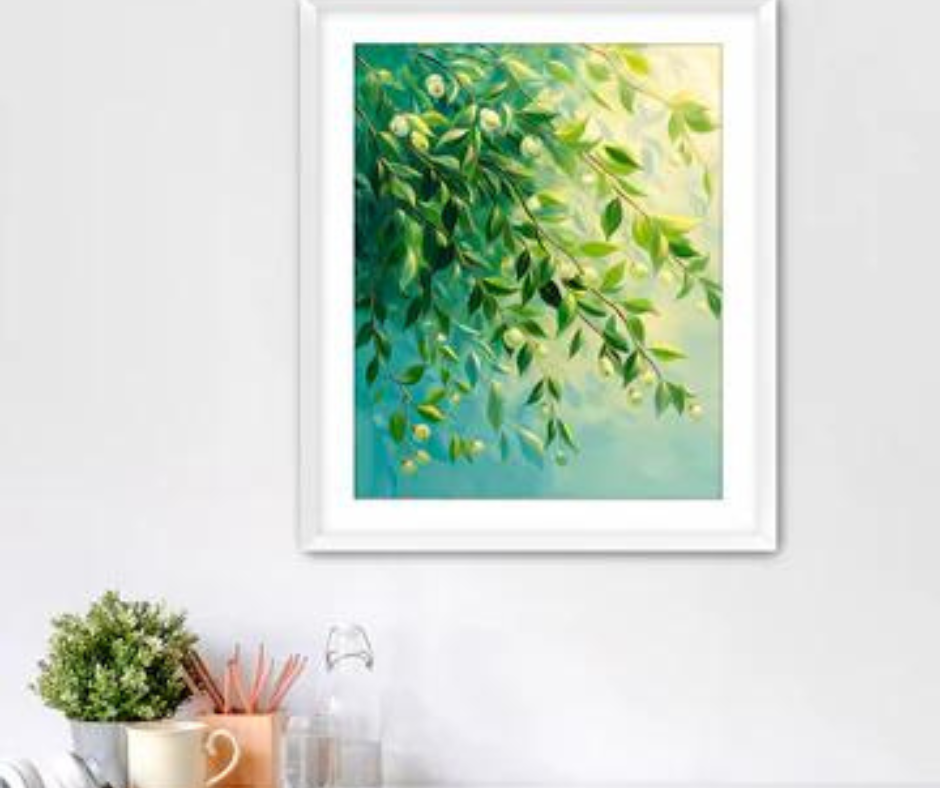Botanical gardens are renowned for their captivating landscapes, offering visitors a peaceful retreat to reconnect with nature. Among their most mesmerizing attractions are the waterfalls, which bring an added sense of tranquility and wonder to the environment. The sound of cascading water enhances the soothing atmosphere, creating a meditative space where visitors can pause and reflect.
Waterfalls in botanical gardens are often surrounded by lush greenery, ferns, and vibrant flowers, showcasing a diverse array of plant species in a harmonious setting. These water features not only serve as a focal point for the gardens but also help maintain a cool, refreshing ambiance, especially during warmer months. As the water flows, it nourishes the surrounding vegetation, sustaining the delicate ecosystem that thrives within the garden.
For many, botanical garden waterfalls evoke feelings of peace and connection to the natural world. Visitors can find inspiration in the beauty of these waterfalls, making them a favorite spot for photography, relaxation, and quiet contemplation. Whether you’re seeking a moment of solitude or a picturesque backdrop, the waterfalls in botanical gardens provide an unforgettable experience that captivates the senses and leaves a lasting impression.
The Beauty of Waterfalls in Nature
Waterfalls evoke a sense of wonder, drawing our eyes and ears to their cascading beauty. In botanical gardens, waterfalls serve not only as stunning focal points but also as a vital element of the ecosystem. The sound of flowing water can create a serene ambiance, inviting visitors to linger and absorb the natural surroundings.
The Role of Waterfalls in Botanical Gardens
- Enhancing Biodiversity: Waterfalls create a rich habitat for various plant and animal species. The moisture from the waterfall supports diverse flora, while the splashing water attracts birds, butterflies, and other wildlife, enriching the garden’s ecosystem.
- Creating Microclimates: The cool, humid environment around a waterfall can benefit nearby plants, promoting their growth and health. This microclimate can host unique plant species that thrive in the constant moisture.
- Aesthetic Appeal: Waterfalls enhance the visual landscape, providing a stunning contrast to the vibrant colors of flowers and greenery. They can transform a simple garden into a breathtaking oasis.
Design Elements That Capture the Essence
The design of a botanical garden waterfall often reflects a careful consideration of both aesthetics and functionality:
- Natural Rock Formation: Many waterfalls are crafted from natural stones that blend seamlessly with the environment. This organic approach enhances the natural feel and creates a sense of authenticity.
- Surrounding Flora: Lush plants, ferns, and flowering species often frame the waterfall, creating a picturesque scene. This integration encourages biodiversity and adds to the overall beauty.
- Viewing Areas: Well-placed benches and pathways allow visitors to experience the waterfall from various angles. These spaces encourage relaxation and contemplation, making it easy to enjoy the soothing sounds of water.
The Therapeutic Benefits of Waterfalls
Spending time near waterfalls offers a range of mental and physical benefits:
- Stress Relief: The calming sound of flowing water has been shown to reduce stress and anxiety, promoting relaxation. Many visitors find that the ambiance encourages mindfulness and reflection.
- Connection to Nature: Waterfalls provide an opportunity to connect with the natural world. The sights and sounds stimulate the senses, fostering a deeper appreciation for the environment.
- Inspiration: Artists, writers, and creatives often find inspiration in the beauty of waterfalls. The serene setting can spark ideas and motivate artistic expression.
Tips for Enjoying Your Visit
To make the most of your botanical garden waterfall experience, consider the following tips:
- Explore at Your Own Pace: Allow yourself to wander and discover different viewpoints. Take your time to enjoy the surroundings and soak in the atmosphere.
- Engage Your Senses: Pay attention to the scents of flowers, the feel of the mist from the waterfall, and the sounds of nature. Engaging your senses enhances your connection to the environment.
- Photography: Bring a camera or smartphone to capture the beauty of the waterfall and its surroundings. The interplay of light and water can create stunning images, especially during golden hour.
Conclusion
Botanical garden waterfalls serve as one of the most captivating elements within these lush environments. Their calming presence and aesthetic beauty invite visitors to pause, unwind, and fully embrace the natural surroundings. The soothing sound of flowing water creates a sense of serenity, making botanical garden waterfalls ideal spaces for relaxation and mental rejuvenation.
As you explore these garden spaces, you’ll find that the waterfalls often serve as a central highlight. Many gardens design their waterfall features to complement the unique plants and landscapes that surround them, creating a harmonious blend of water and vegetation. This synergy not only enhances the beauty of the gardens but also fosters a deeper connection between visitors and nature.
In addition to providing an oasis of calm, botanical garden waterfalls are also educational. They often demonstrate the role of water in ecosystems, showing how it sustains various plant species and contributes to biodiversity. For many, these waterfalls inspire a deeper appreciation for the environment and the delicate balance of life within it.
Whether you’re drawn to the aesthetic appeal, the peaceful ambiance, or the educational opportunities, botanical garden waterfalls offer something for everyone. They stand as timeless symbols of nature’s beauty and the restorative power of the natural world



